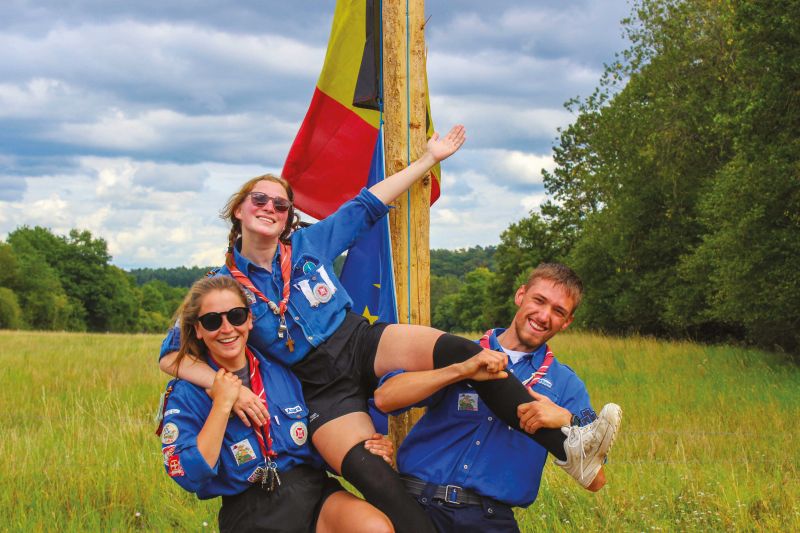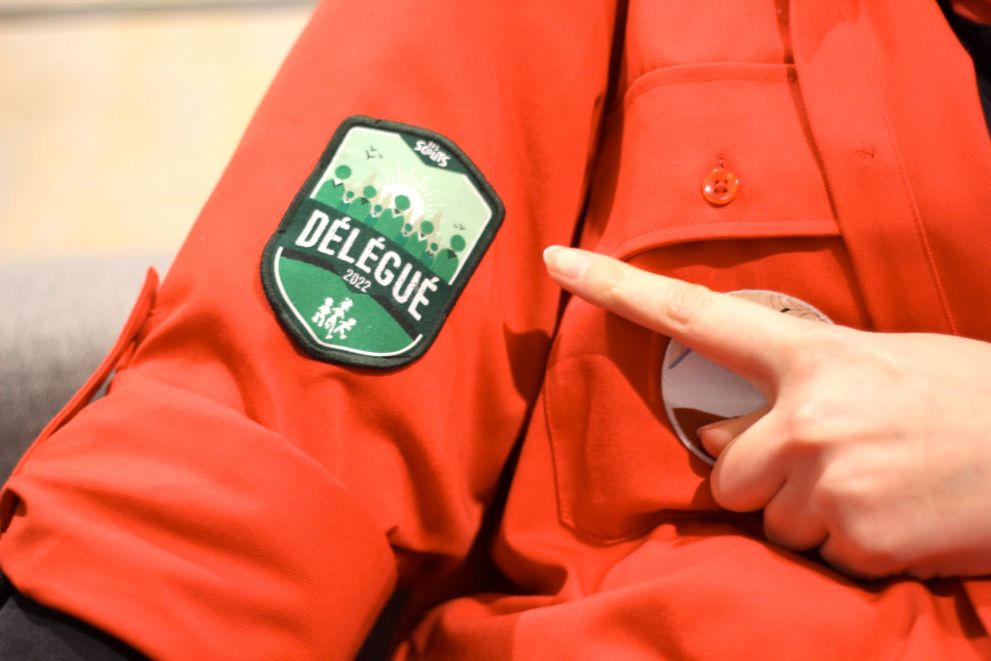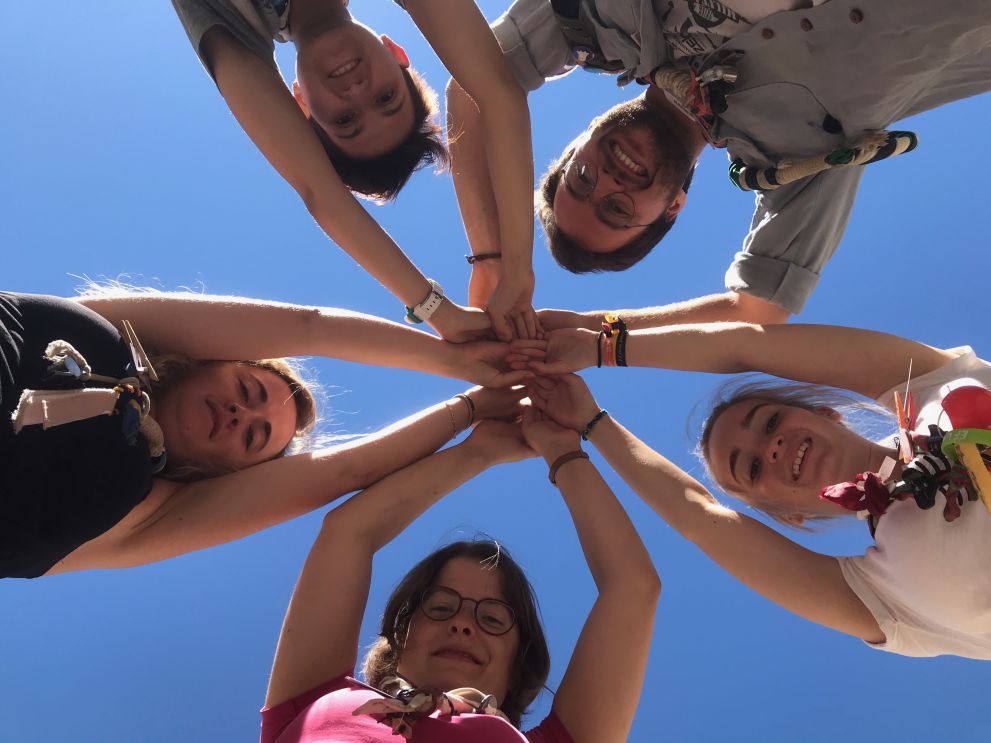
The local level
The unit
Ideally, each unit has sections for each age group that correspond to our four branches: Baladins (6 to 8 years old), Louveteaux (8 to 12 years old), Éclaireurs (12 to 16 years old) and Pionniers (16 to 18 years old).
- In each section, Scouts are supervised by several leaders.
- All the leaders make up the staff which is coordinated by a leader in charge.
- The staff is supported by the unit team which consists of the head of unit and his/her team members.
The unit council
The overall activities of the unit are managed by the unit council (leaders, unit team members and head of units).
The world “unit council” refers to both the meetings themselves and the group of people.
the unit activity programme
Every two years, the unit council draws up a unit activity programme and elects the head of unit and his/her team. The unit council takes all those decisions concerning the life of the unit (from the pedagogical considerations to practical management). The council meets several times a year.
Local leaders in charge: the unit team
The head of unit, aged at least 27, is the local leader of a Scout unit. With the help of his/her team, he/she provides support to leaders, helps them put their activities together and coordinates their educational activities. It is therefore the head of unit who hires the leaders and gives the green light for camps to start.
The head of unit is also the main contact person for the parents and the unit’s main speaking partner for the outside world (municipal authorities, etc.).
Joining the unit team is one way to support us on a daily basis.
The federal level

The federal assembly
- The federal assembly meets to draft the federal activity programme and elect the federal president (every three years).
- It defines the long-term guidelines of the movement: changes in the ethical principles of our federation, changes in the wording of the Law and the Promise…
- In order to facilitate the debates and to receive applications, the federal council appoints at its head a neutral personality, i.e., the president of the federal assembly.
- The federal assembly is composed of one delegate per unit and of the members of the general assembly.
Who can become a unit delegate?
If he/she obtained an absolute majority of the votes cast during a secret ballot, the unit delegate to the federal assembly is elected by the unit council. He/she undertakes, if necessary, to attend the meetings of the federal assembly and the information meetings of the delegates.
Criteria:
- Be a section leader;
- Be under 35 years of age.

The federal executives
The federal president
At the steering wheel of the movement, the federal assembly elects a federal president for a three-year term, the choice is guided by the applicant’s draft federal activity programme. The elected president is expected to implement this programme in collaboration with the federal staff and to steer the entire support structure (federal and local professional staff).
The federal council
The federal council coordinates the implementation of the federal activity programme and the federation’s action policies. It is composed of the federal president and the federal executives, namely:
Federal unit group officers
Together with their team, these officers are in charge of supporting the units (one officer for each unit group, thus a total of thirty-ish officers). They are elected by the assembly of leaders within their unit group, on a proposal from the federal president.
The federal Staff
The federal staff is made up of the federal executives that surround the president in order to help him implement the federal activity programme. Each member of staff (about ten in all) is elected by the federal council and is responsible for one or several horizontal issues (which can vary from one term of office to the next, depending on the priorities of the federal activity programme). Those tasks include branch management, organisational matters, training communication, external and international relations, etc.
